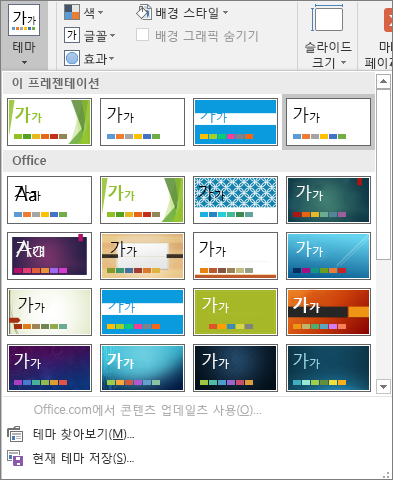
OSes can be booted and use storage from inexpensive USB Drives, although this is only with extremely lightweight systems. The operating system, and all your programs and data are stored here, so if you choose SSD then the system will be faster. the things stored on it remain even when the computer is powered down. Quiet, very fast but not as cheap) – the "long-term memory" of the computer, used for persistent storage – i.e. Storage - either HDD (Hard disk drive - noisy and slower of the two but less expensive) and/or SSD (solid state drive.Data in RAM is lost when the computer is powered off, thus necessitating a storage drive. RAM – random access memory, the "short-term memory" of a computer, used by the CPU to store program instructions and data upon which it is currently operating.The CPU handles general and mathematically complicated tasks. CPU – central processing unit, the main processor of the computer.Motherboard/ mainboard – A board that facilitates communications between components and offers ports to connect them together.Power Supply Unit/ PSU – Power Supply Unit, converts outlet power, which is alternating current (AC), to direct current (DC) which is required by internal components, as well as providing appropriate voltages and currents for these internal components.Case - The case houses and protects rest of the parts, and contains additional functions like button, front IO ports, and other features.

9 What should affect the choice of any part/peripheral?.7 Can I use any of the parts from my old computer?.6 Do I plan on underclocking my computer?.5 Do I plan on overclocking my computer?.4 What will be the main function of the computer?.


3.2 Windows information and hardware support lists.3 What operating system am I going to use?.


 0 kommentar(er)
0 kommentar(er)
